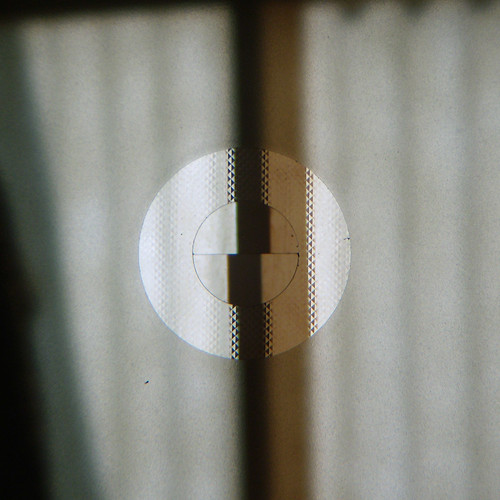Difference between revisions of "Split prism"
(replaced problem photo with quick one shot myself; clearer phrasing) |
m |
||
| Line 8: | Line 8: | ||
|image_rights= nc | |image_rights= nc | ||
}} | }} | ||
| − | A '''split-Image''' spot, sometimes called a '''split image rangefinder''' or '''split-prism''', is an optical focusing aid sometimes incorporated into a [[reflex finder|reflex]] camera's [[ground glass]] screen. When the image is out of focus, the two halves of the image appear "split" with | + | A '''split-Image''' spot, sometimes called a '''split image rangefinder''' or '''split-prism''', is an optical focusing aid sometimes incorporated into a [[reflex finder|reflex]] camera's [[ground glass]] screen. When the image is out of focus, the two halves of the image appear "split" with an offset between them. When in focus, the halves line up to form a single image. The split is typically horizontal, but sometimes diagonal. |
Split-image devices are often combined with [[microprism]]s. | Split-image devices are often combined with [[microprism]]s. | ||
Revision as of 18:17, 30 July 2011
Glossary Terms

|
| Split image spot (and microprism collar) when defocused image by Voxphoto (Image rights) |
A split-Image spot, sometimes called a split image rangefinder or split-prism, is an optical focusing aid sometimes incorporated into a reflex camera's ground glass screen. When the image is out of focus, the two halves of the image appear "split" with an offset between them. When in focus, the halves line up to form a single image. The split is typically horizontal, but sometimes diagonal.
Split-image devices are often combined with microprisms.
Split-image devices in focus screens should not be confused with the coincident rangefinder, fitted to most rangefinder cameras.